The nuances of thread cutting with a klupp
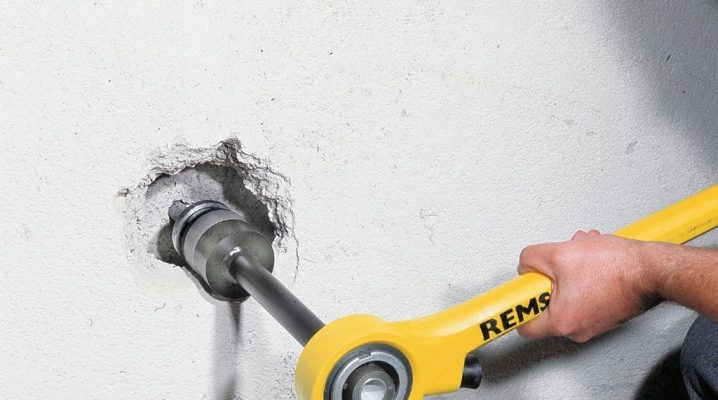
The pipe die is a compact tool designed to form external threads on pipes. The product is distinguished by ease of use and simple design, through which it is possible to cut the element by hand in a short time and with high quality.
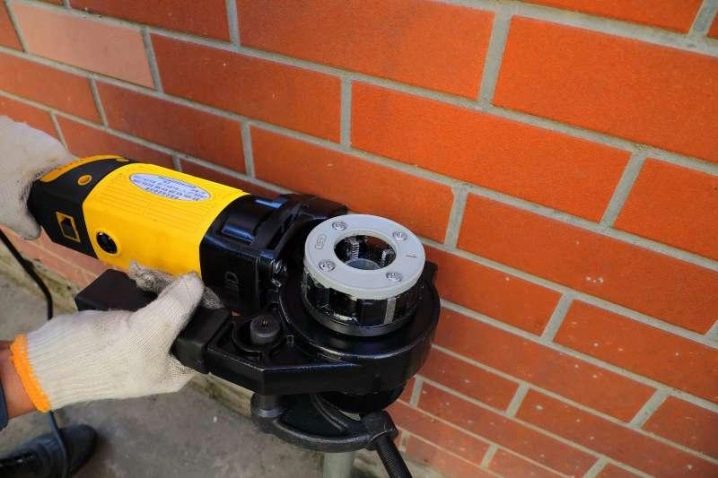
Preparation
Pipe cutting at home and private workshops can be carried out using improvised tools.
One of these is a pipe die, which should be carefully prepared before using.
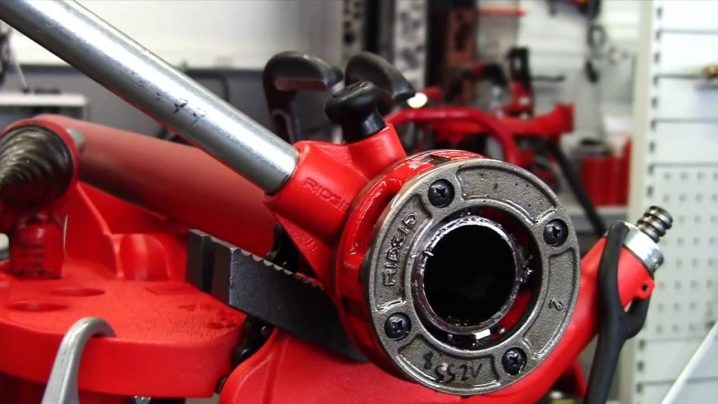
Basic recommendations.
-
In places where threading is planned, it is necessary to completely remove any kind of dirt and rust.... This will improve the quality of the turns and prevent premature oxidation of the material.
-
If the pipe has a chamfer, it must be removed. This can be done with a file or grinder. However, in the second case, the quality of the chamfer may decrease.
-
Before work, it is necessary to lubricate the surface with oil.... This is the only way to achieve a smooth movement of the mechanism.
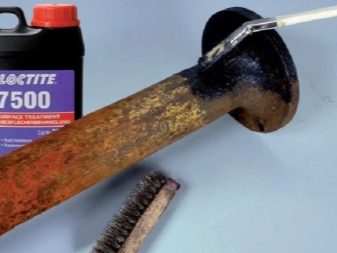

Ignoring the recommendations will lead to a deterioration in the quality of the thread and rapid wear of the working part of the die. In addition, in some cases, pipe breakage is also possible.
Manufacturers produce different types of die for thread shaping. All products differ in size, design and basic characteristics.

Therefore, when choosing a suitable tool, it is worth considering a number of features:
-
you should not use expensive models if you plan to cut pipes at home;
-
it is also not recommended to give preference to the cheapest, since they will quickly fail and are suitable only for work at a time;
-
when buying, you should pay attention to the size of the die and the shape of the removable incisors;
-
the best option would be sets of working heads with different diameters, which simplifies cutting;
-
the working part should be made of alloy steel, treated with anti-corrosion compounds.
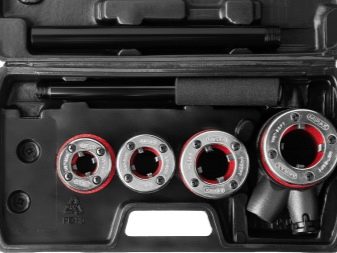

A responsible approach to preparation will help improve the quality of the work carried out and achieve the desired result with the help of the right tool.

Technology
Manufacturers assemble die plates mainly from high quality tool steels. This solution makes it possible to obtain a product of high strength, the cutters of which are able to serve for a long time and not deform under external loads and other influences. The material is additionally treated with special compounds that prevent rust and extend the life of the die.
Klupp is a simplified version of the die, the design of which does not contain expensive elements, due to which the product is considered affordable for home use.
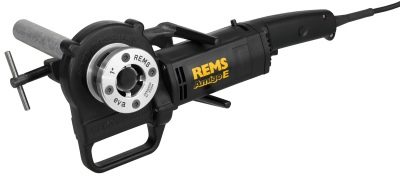
Robust cutters and holder ensure efficient pipe cutting.
The scheme of thread cutting using die-cutters is as follows.
-
First, the surface to be treated is thoroughly cleaned of dirt and decorative or protective coatings. To do this, use sandpaper or a sander, if one is at hand.
-
Next, the pipe is fixed in a certain position using a vise, thus ensuring the immobility of the element.
-
The third stage involves lubricating the surface with oil to reduce friction and extend tool life.
-
After that, the clamping bolts are unscrewed from the rig and the nozzle is put on the pipe, slowly screwing the fasteners back. This step is necessary to fix the guides.
-
Then the cutting parts are installed and, by slightly pressing the levers, they begin twist the tool clockwiseachieving high quality cutting.
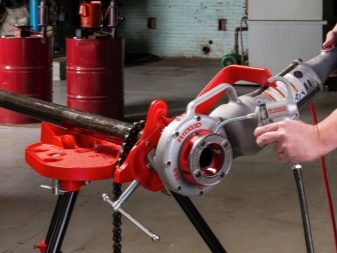
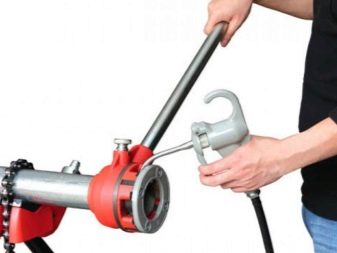
Work should be accompanied by smooth movements. Any jerking will change the position of the tool, as a result of which the quality of the thread will noticeably decrease. After completing the work, unscrew the bolts and remove the equipment.
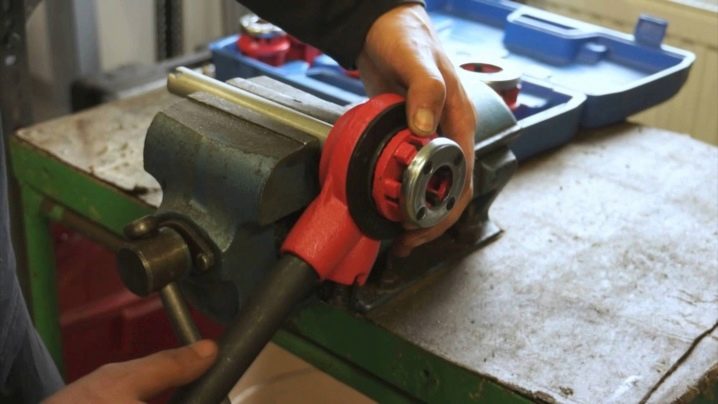
Useful Tips
The use of a klupp requires taking into account a number of nuances in the work.
-
At the very beginning, the pipe must be rolled up - slightly reduce the thickness by 1/2 inch... This can be done with a file, hammer or impeller.
-
Before cutting the pipes, craftsmen are advised to apply as much oil as possible to the surface of the material to be processed, so that it is easier for the tool to walk along the pipe. This solution will also increase the life of both elements and prevent burrs from forming.
-
When choosing a die, it is also worth choosing incisors that are suitable for them. There are often situations when consumables were not combined with each other, because of which the tool could not be installed in place.
-
If you plan to cut a pipe that is part of the water supply system, you must fix it with a gas wrench... At the same time, during cutting, the wrench needs to transmit force to turn the pipe in the opposite direction. Otherwise, the pipe will simply come off.
-
Before starting work, it is worth checking the degree of sharpening of the cutters. The sharper the elements are, the better the carving will be and the faster it will be possible to complete the work. In addition, blunt edges can ruin the material.
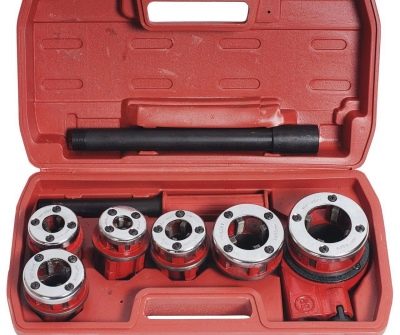
When the thread is formed, it is necessary to check its quality and the ability to connect the two elements to each other. If the tool is skewed during cutting, the parts will not join.
Threaded connections are still considered one of the most demanded.
In addition to the die, for the manufacture of such elements, you can use dies or lathes. The second option is more suitable for working with large volumes in various industries, since it reduces the time of the operation.
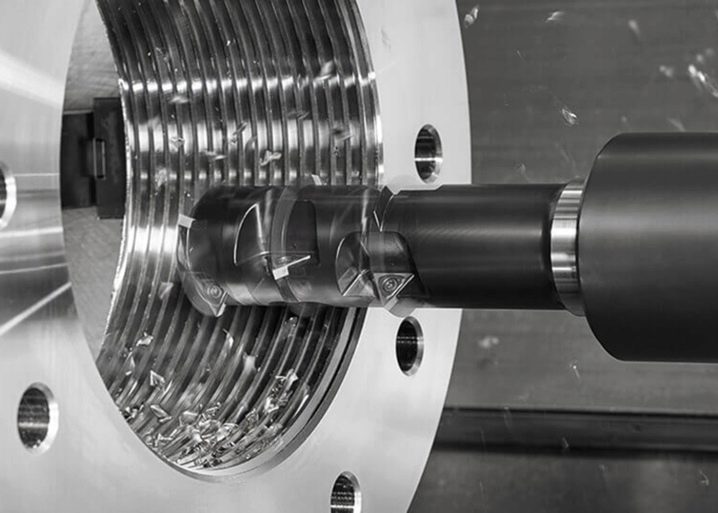
See below for how to thread a pipe.









The comment was sent successfully.